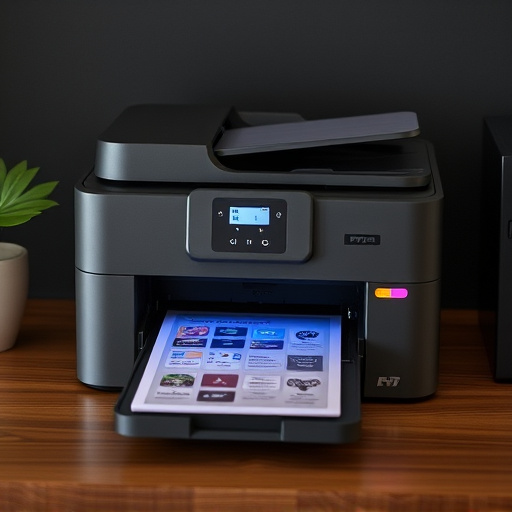Effective chronic pain management involves identifying root causes and triggers, setting SMART goals for targeted relief (e.g., 30-minute reduction in pain intensity over three days), and building a structured daily routine integrating physical exercise, mental health practices, and healthcare check-ins. Staying inspired through support from understanding individuals, setting realistic goals, and celebrating small victories helps maintain motivation, ultimately enhancing pain relief and overall well-being.
Managing chronic pain can feel overwhelming, but maintaining motivation is key to an effective routine. This article guides you through strategies to stay on track with your chronic pain management journey. We’ll explore understanding and managing your pain, setting achievable goals, and building a supportive daily routine. Additionally, learn inspiring techniques to stay motivated and accountable during challenging times, ensuring you embrace a healthier, more fulfilling life despite persistent pain. Discover how to take control and navigate your path forward.
- Understanding Your Pain and Setting Realistic Goals
- Building a Routine That Supports Your Well-being
- Staying Inspired and Accountable Through Difficult Times
Understanding Your Pain and Setting Realistic Goals

Understanding your chronic pain is a crucial step in managing it effectively. Chronic pain management isn’t just about treating symptoms; it’s about comprehending the root causes and triggers. Take time to identify what specifically causes your discomfort—is it neck pain relief you seek, sciatica relief, or another area? Once identified, you can tailor your routines accordingly. Setting realistic goals is equally vital. Break down your chronic pain management plan into manageable milestones. Instead of focusing on an idealized state of complete freedom from pain, aim for gradual improvements and increased comfort levels. For instance, your goal could be to achieve 75% reduction in pain intensity or to accomplish certain tasks without significant discomfort after a few weeks of consistent adjustments like spinal adjustments.
Remember, these goals should be specific, measurable, achievable, relevant, and time-bound (SMART). For example, “Achieve 30 minutes of continuous neck pain relief during the day for three consecutive days” is a SMART goal. By understanding your pain and setting realistic expectations, you create a path to success in your chronic pain management journey.
Building a Routine That Supports Your Well-being

Building a routine that supports your well-being is a crucial step in effectively managing chronic pain. It’s about creating a consistent schedule that incorporates activities promoting both physical and mental health, tailored to your specific needs. Start by identifying key areas like exercise, rest, hydration, and nutrition—all essential components of chronic pain management. Engage in regular physical activity suitable for your condition, such as gentle stretching or low-impact exercises, which can help alleviate symptoms like sciatica relief and reduce overall discomfort.
Incorporate relaxation techniques into your daily routine to manage stress levels, a significant factor that exacerbates chronic pain. Consider practices like mindfulness meditation, deep breathing exercises, or yoga—all proven to enhance coping mechanisms and promote better sleep, vital for recovery from soft tissue injuries. Regular check-ins with healthcare professionals and participation in physical therapy can also provide valuable guidance and support, ensuring your routine remains effective and adaptable as your needs change.
Staying Inspired and Accountable Through Difficult Times

Staying inspired and accountable is a key aspect of navigating chronic pain management routines, especially during challenging times. It’s natural to experience moments of doubt or decreased motivation when dealing with persistent pain. However, incorporating strategies to foster accountability can make a significant difference in your commitment to these essential routines. One effective approach is to surround yourself with supportive individuals who understand your journey—whether it’s joining support groups or confiding in loved ones. Their encouragement and shared experiences can provide the boost you need to stay on track.
Setting realistic goals and celebrating small victories are powerful tools for maintaining motivation. Break down your chronic pain management routine into manageable steps, focusing on progress rather than perfection. For instance, if your goal is to exercise regularly, start with short, consistent sessions and gradually increase their duration. Recognizing these achievements, no matter how modest, will reinforce a sense of accomplishment and motivate you to continue, ultimately contributing to better back pain relief or headache relief and enhanced overall well-being.
Managing chronic pain requires dedication, but by understanding your pain, setting achievable goals, and building a supportive routine, you can stay motivated. Keeping a positive mindset and finding inspiration through support systems or enjoyable activities helps during challenging times. Embrace these strategies to navigate your journey with chronic pain management and improve your overall well-being.














